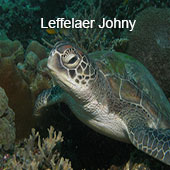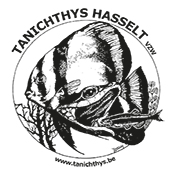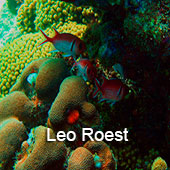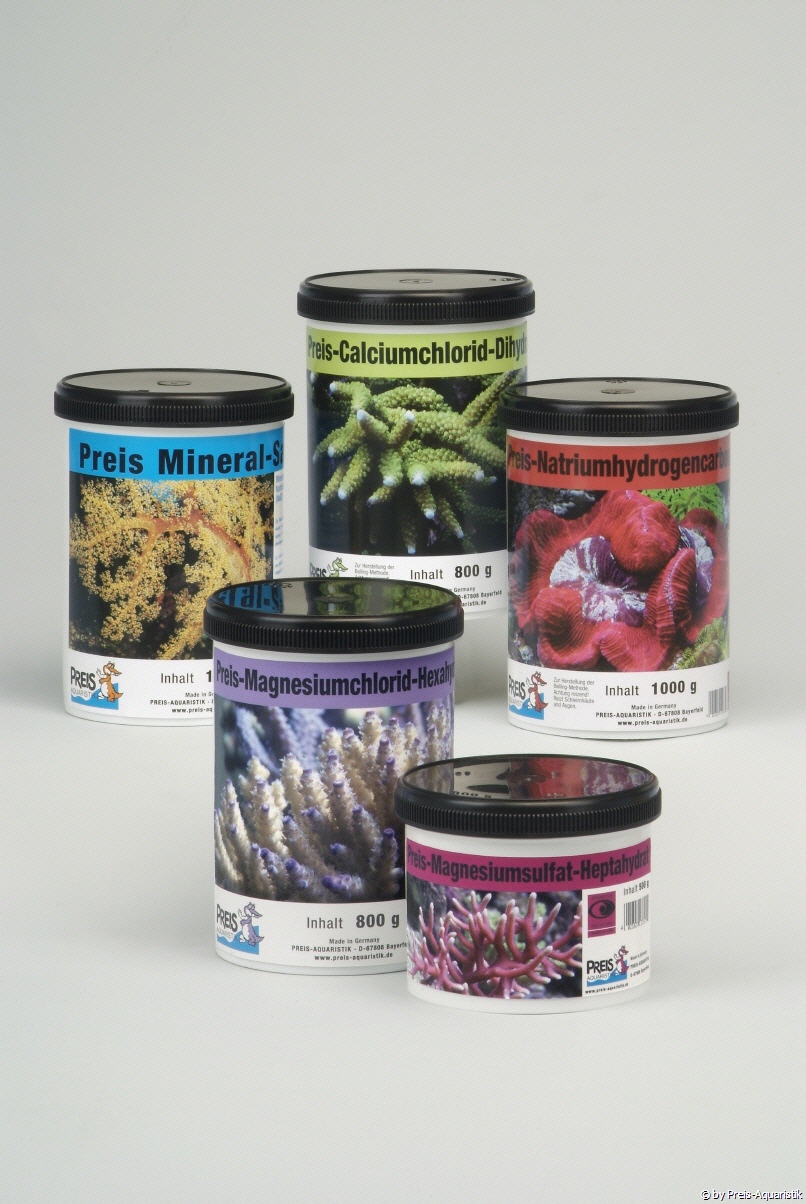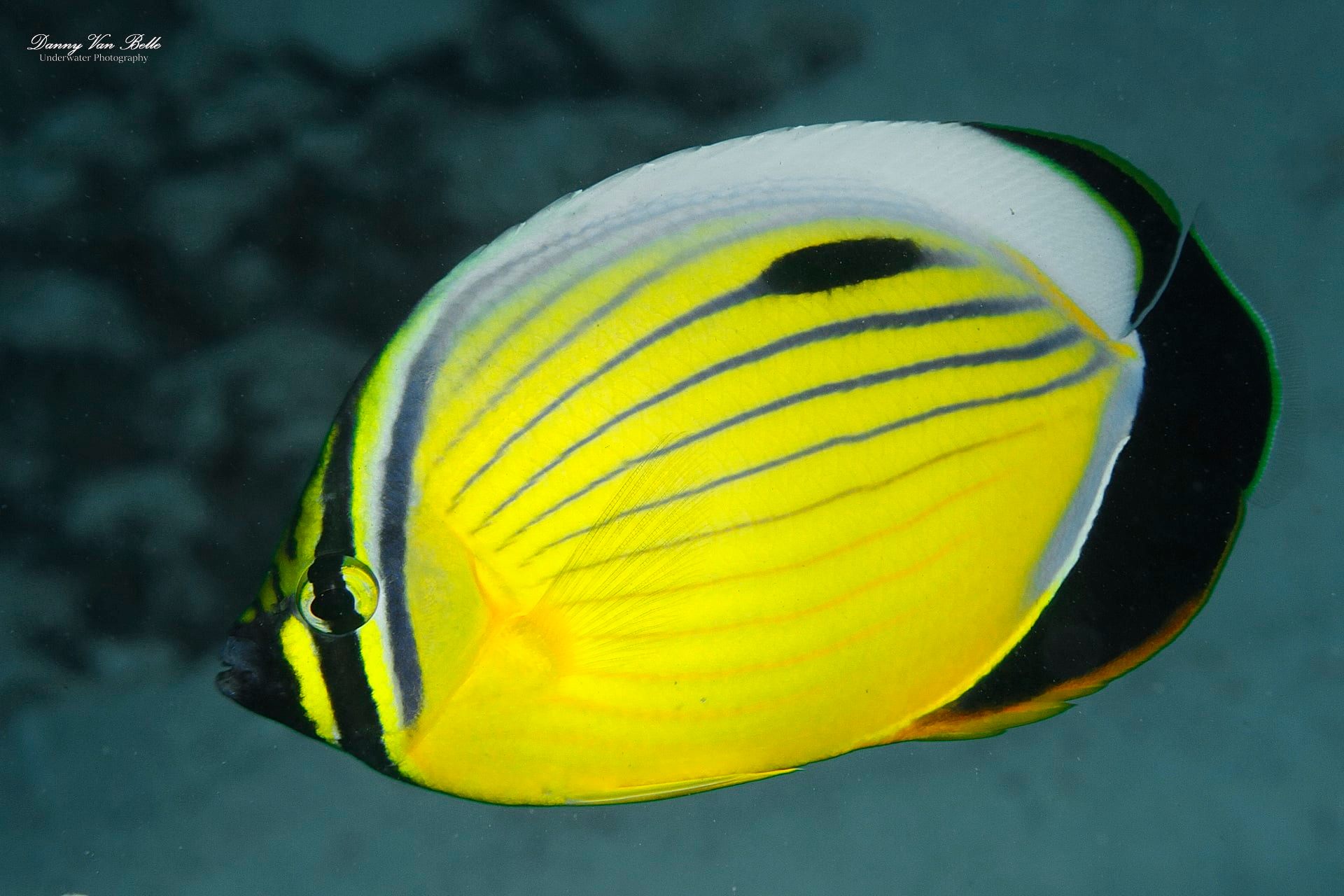Portaalsite voor de échte zeeaquariaan
Preis Balling salt. - The Balling method.
With the Balling method, which takes its name from Hans-Werner Balling, you can raise the level of calcium and the carbonate hardness (KH) of the marine water using two compounds: calcium chloride (CaCl2) and sodium bicarbonate (NaHCO3).
The calcium and bicarbonate ions bond together, increasing the level of calcium and the carbonate hardness of the water. At the same time, the sodium bonds with the chloride forming sodium chloride (table salt), the main component in sea salt. Since the repeated addition of both compounds increases the level of sodium chloride which causes an ionic deviation, a sea salt without NaCl must be added as a third compound (composed of trace elements only). To offset the ionic deviation, use Preis mineral salt and regularly check the salt level, because depending on the amount added, you need to reduce the sea salt to be dissolved during the water change.
The excess of sea salt comes from the sodium chloride that is created and from the solution of trace elements and Preis mineral salt. Each of the three Preis salts, calcium chloride dihydrate, sodium bicarbonate and mineral salt, are dissolved in 2 litres of reverse osmosis water in separate containers;
the following amounts are used for two litres of reverse osmosis water:
144 g of Preis calcium chloride dihydrate 163.8 g of Preis sodium bicarbonate48.75 g of Preis mineral salt
As an initial dose, add 50 mL of each solution per day for every 100 litres of water.The three solutions should be poured in different locations in the aquarium, where there isgood circulation. Dosing pumps have been found to be effective in doing this.
Initially, measure the calcium and carbonate levels of the water on a daily basis. These values should increase s l o w l y.
If the values increase too quickly, reduce the dosage amount;increase it if the values increase too slowly (the daily increase should not be greater than 10%of the initial value). Once the desired value is reached, in most cases one weekly dose of the three compounds is sufficient. However, keep in mind that your aquarium is sensitive to large fluctuationsand that the insertion of new fauna, the changing of the water, strong evaporation in thesummer, a large amount of growth of red coralline algae, variations in the addition of trace elements and seasonal changes can lead to fluctuations in the values.This can be easily compensated for by adequately increasing or decreasing the dosage.
If you are familiar with the Internet, visit our site:
http://home.arcor.de/chronz/aquaristik/tips_tricks/ballingcalc.htm
Here you can calculate the exact dosage by entering your values.
Naturally, we are at your disposal for any further information.
Preis-Aquaristik Tel:+49 6362/8395
E-mail:Dit e-mailadres wordt beveiligd tegen spambots. JavaScript dient ingeschakeld te zijn om het te bekijken.
Adding magnesium to sea water
After sodium chloride, magnesium has a higher concentration in natural sea water than any other substance. The magnesium content must often be increased, as shortfalls in the content can arise for various reasons. The normal magnesium content is around 1.350 mg/litre. In order to increase the magnesium content you need Preis magnesium chloride hexahydrate and Preis magnesium sulphate heptahydrate for mixing the chloride and sulphate anions in the proportions required for achieving the correct chemical balance. The mole relationship must be converted to the equivalent weight relationship as salts are sold by weight.
You must now calculate how much salt you need for 1 g magnesium.
7.58 g Preis magnesium chloride hexahydrate
+ 0.95 g Preis magnesium sulphate heptahydrate
= 1 g MAGNESIUM
Example:
Aquarium contents 480 l, magnesium content 1270 mg/l
You are aiming for a magnesium content of 1350 mg/l
Calculate the shortfall: 1350 mg
Less 1270 mg
80 mg x 480 l = 38.4 g magnesium
38.4 g x 7.58 g magnesium chloride hexahydrate = 291 g
38.4 g x 0.95 g magnesium sulphate heptahydrate = 36.5 g
Please weigh the substances using letter or diet scales, dissolve them in water, and add them gradually to the aquarium over a period of several days.
Or
for 10 days add each day a 75 ml 5% solution. From the fifth day on measure every two days the magnesium content of the aquarium.
You can also prepare a 5 % stock solution as follows:
Dissolve
380 g MgCl magnesium chloride
48 g MgSO magnesium sulphate
in 700 ml water and then top up to 1000 ml.
You can also prepare a 2% solution:
Dissolve
150 g MgCl magnesium chloride
20 g MgSO magnesium sulphate
in 700 ml water and then top up to 1000 ml.
Other high-quality products from Preis-Aquaristik for supplementing and maintaining mineral substance levels:
Preis sea salt - extremely high quality sea salt with a high proportion of mineral substances
Preis mineral salt - mineral substance concentration of the sea salt without sodium chloride for mineralising osmosis water or for the Balling method
Preis calcium chloride - dihydrate for the Balling method
Preis sodium hydrogen carbonate - for the Balling method
Mineral complex S - for enriching all trace elements regularly used up
Preis magnesium iodine concentrate - for increasing iodine and magnesium in the liquid form










